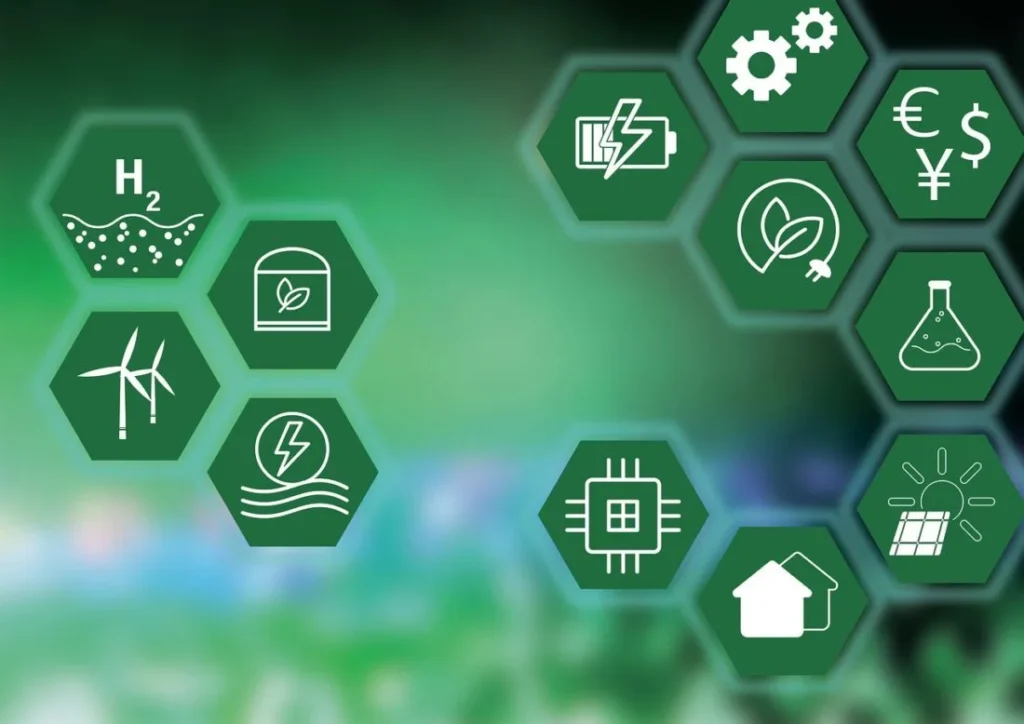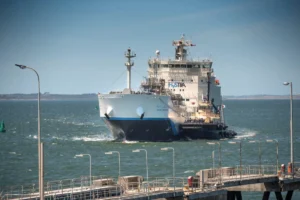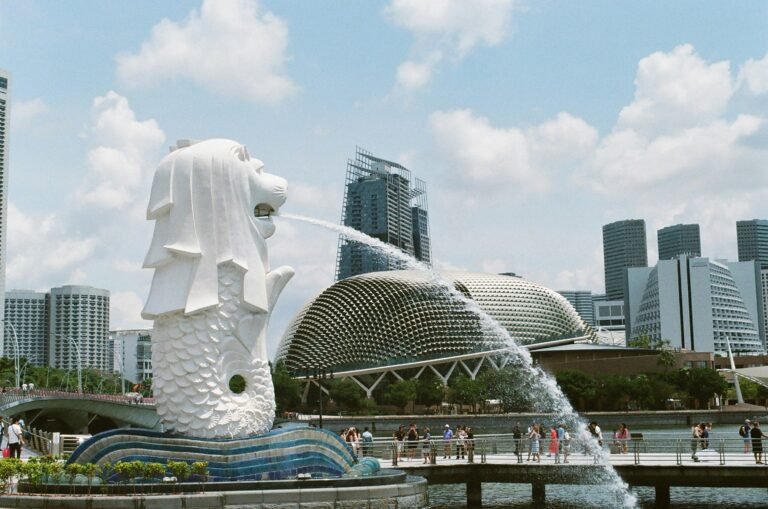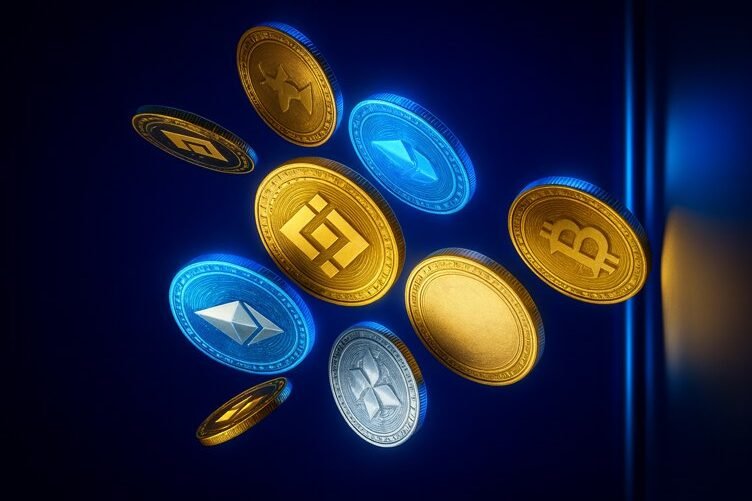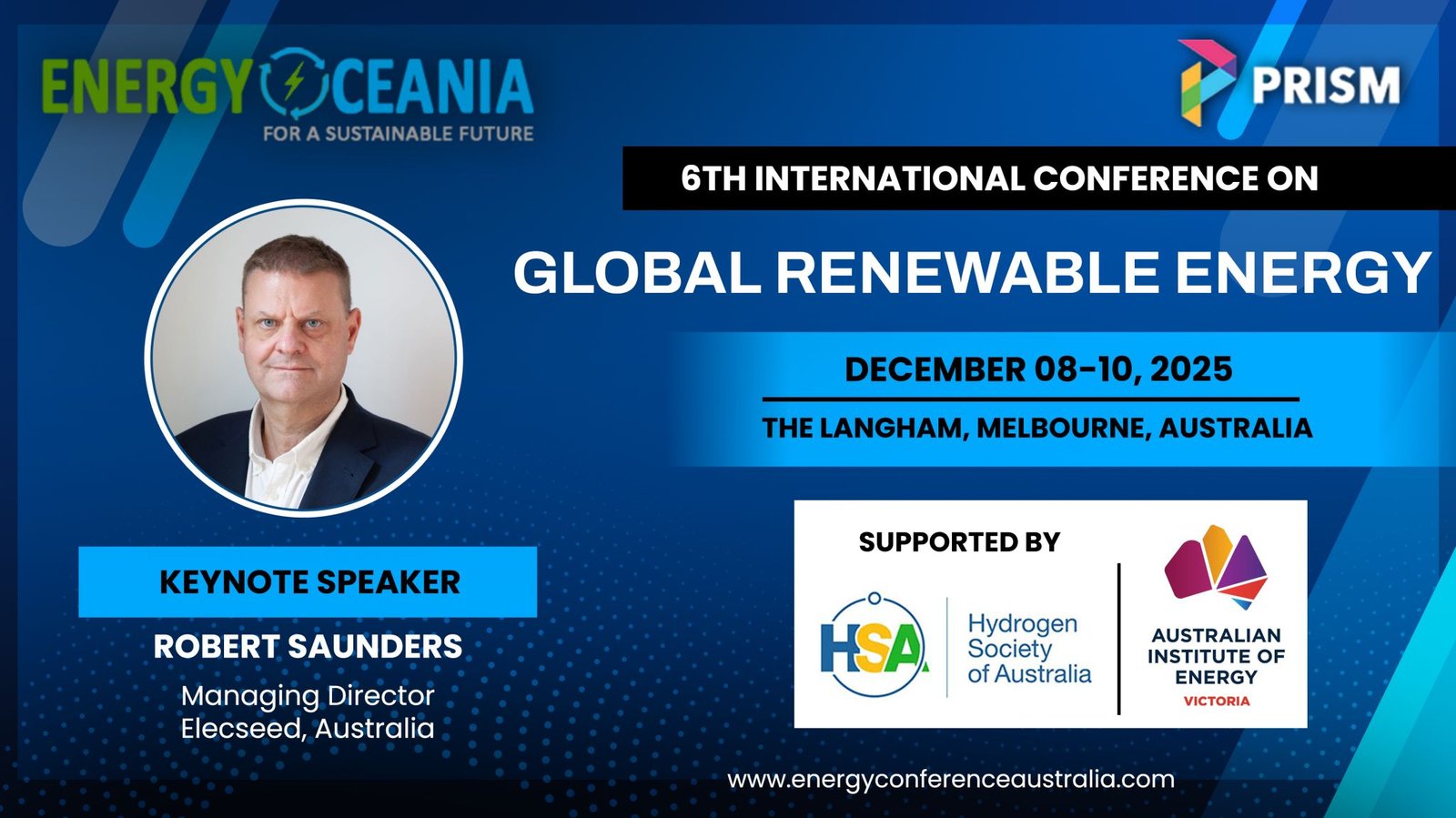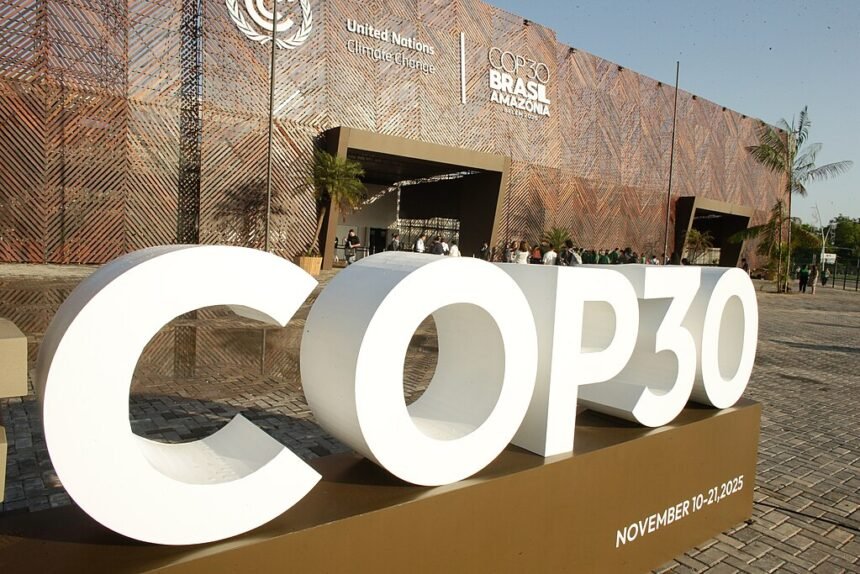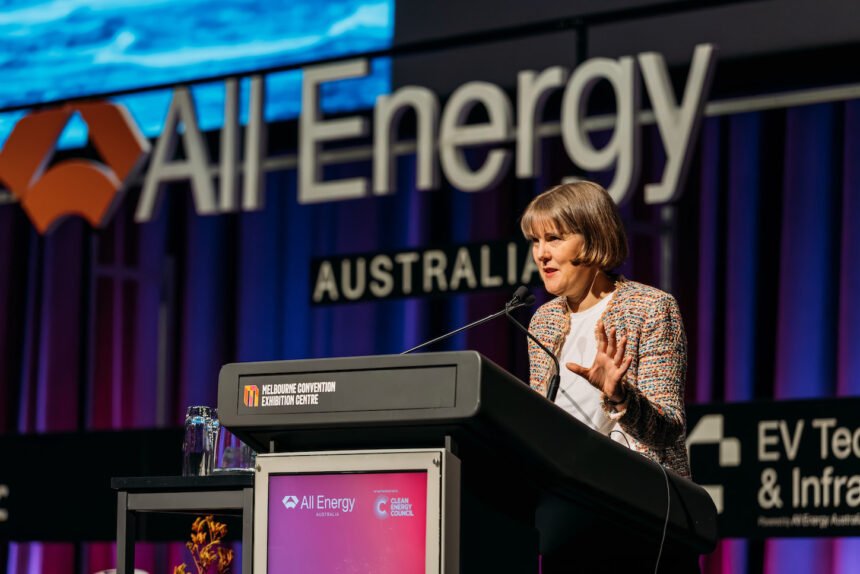Hydrogen is the most abundant chemical element, estimated to account for 75% of the mass of the universe.
In their 2023 report, Deloitte forecasts that the global hydrogen market will reach $1.4 trillion, of which the Asia-Pacific market will comprise $645 billion in 2050 and nearly 55% of the market in 2030, due to the rising demand in China, Japan, Korea, Indonesia and India.
For the most part, the development of a viable market for hydrogen in APAC is subject to the same challenges seen elsewhere, including in North America and Europe.
Current key challenges and barriers to the uptake of Hydrogen are:
- The high production costs of primary renewable energy sources
- Poor storage and transportation infrastructure
- Limited regulatory frameworks
- Limited production expertise
- Limited demand from existing industrial markets
Hydrogen can be produced in several ways and from different sources, giving rise to a color-based hydrogen taxonomy.
There are 6 different types of hydrogen, including:
- Grey hydrogen- accounts for roughly 95% of the hydrogen produced globally, is mainly used in industrial applications and is produced using fossil fuels, such as natural gas or methane, through steam reforming
- Brown hydrogen – is produced using other fossil fuels such as brown (lignite) coal and which is harmful to the environment, as exorbitant amounts of CO2 are released into the atmosphere
- Blue hydrogen – is produced using the same processing technique employed to make grey hydrogen, but CO2 is not released; instead, it is captured using Carbon Capture and Storage technology. It meets the low-carbon threshold and mitigates the environmental impact to an extent
- Green hydrogen – is generated using renewable energy sources, such as wind and solar. This is the cleanest but also the most expensive energy option
- Yellow hydrogen – is produced using electrolysis; however, achieved only through solar power unlike green hydrogen, which can use solar and wind. It is a subet of green hydrogen
- Pink hydrogen – is produced by splitting water through electrolysis, but it uses nuclear energy as its power source
In ASEAN COUNTRIES:
New hydrogen initiatives have been announced by Singapore, while other nations in the region are also beginning to see hydrogen’s potential. For example, Singapore national energy companies Pertamina and Petronas are taking steps to explore opportunities in the hydrogen space in Indonesia and Malaysia respectively.
Japan has been spearheading a number of hydrogen initiatives in the region. Chiyoda has collaborated with Brunei to test methylcyclohexane (MCH) as a hydrogen carrier, with the goal of supplying Japanese refineries. In partnership with Malaysia’s Petronas, Japanese petroleum company ENEOS has launched a renewable hydrogen-to-MCH project. Moreover, Malaysian companies have joined forces with Japan’s Mitsubishi Heavy Industry and PLN to develop hydrogen generation and low-carbon ammonia facilities, while Thailand’s EGAT partnered up with Japan’s MOL, Mitsubishi and Chiyoda on clean hydrogen and ammonia production. Lastly, in June 2022, TotalEnergies and Adani in India announced the investment of $5 billion into developing a hydrogen and derivatives business.
Asian regulators are drafting a comprehensive regulatory framework that will govern the production, storage, transportation, distribution, and associated infrastructure of hydrogen.
The regulators’ overarching objective is to facilitate the development and functionality of the domestic hydrogen market, as well as cross-border trade. New legislation is expected across multiple jurisdictions for the production, storage, transportation, and use of hydrogen.
CHINA: The First International Hydrogen Energy Industrial Park – Shenzhen, Yantian
China is currently the largest hydrogen producer in the world. It has an annual production output of about 33 million metric tons, but most of the hydrogen comes from fossil fuels.
In 2021, Shenzhen, Yantian District, China, launched the first international hydrogen energy industrial park for its green transition to help fulfill China’s national goal of peaking carbon dioxide emissions by 2030 and achieving carbon neutrality by 2060.
The plan stated that the output value of the industry will reach 50 billion yuan by 2025 and 200 billion yuan by 2035. China is currently the largest hydrogen producer in the world. It has an annual production output of about 33 million metric tons, but most of the hydrogen comes from fossil fuels.
The park highlights R&D and manufacturing of hydrogen fuel cell systems, fuel reactors, and key components, and incubates several leading hydrogen energy enterprises with core competitiveness, with two or three of them, going public within five years, as reported in the Shenzhen Economic Daily.
By 2025, the park will establish a sound hydrogen energy industry development ecosystem, generating an annual output value of 10 billion yuan (US$1.4 billion) and becoming a model for the use of hydrogen energy in heavy transport and special equipment, the report said.
The China Hydrogen Alliance (CHA), a state-supported industry body, predicts that the output value of China’s hydrogen energy industry will reach CNY1 trillion ($152.6 billion) by 2025. CHA also forecasts that by 2030, China’s demand for hydrogen will reach 35 million tons, accounting for at least 5% of China’s energy system.

